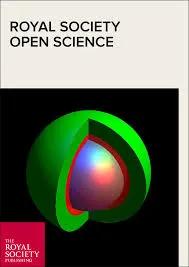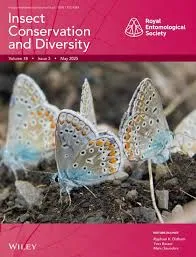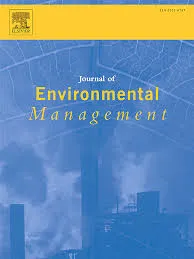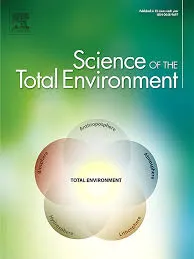BTO publishes peer-reviewed papers in a wide range of scientific journals, both independently and with our partners. If you are unable to access a scientific paper by a BTO author, please contact us.
Search settings
Drivers of the changing abundance of European birds at two spatial scales
Author: Gregory, R.D., Eaton, M.A., Burfield, I.J., Grice, P.V., Howard, C., Klvaňová, A., Noble, D., Šilarová, E., Staneva, A., Stephens, P.A., Willis, S.G., Woodward, I.D. & Burns, F.
Published: 2023
Understanding how human activities drive biodiversity change at different spatial scales is a key question for conservation practitioners and decision-makers. While we have a good understanding of the primary causes of observed biodiversity declines – which include land-use change, climate change, pollution, and the over-exploitation of species – we still struggle to measure and detect biodiversity change in robust and meaningful ways.
29.05.23
Papers

Temporal avoidance as a means of reducing competition between sympatric species
Author: Maziarz, M., Broughton, R.K., Beck, K.B., Robinson, R.A. & Sheldon, B.C.
Published: 2023
Human activities modify the availability of natural resources for other species, including birds, and may alter the relationships between them. The provision of supplementary food at garden feeding stations, for example, might favour some species over others and change the competitive balance between them. This paper investigates the behavioural responses to competition of the Marsh Tit, a species that is subordinate to both the Blue Tit and the Great Tit.
24.05.23
Papers

Trends in butterfly populations in UK gardens – new evidence from citizen science monitoring
Author: Plummer, K.E., Dadam, D., Brereton, T., Dennis, E.B., Massimino, D., Risely, K., Siriwardena, G.M. & Toms, M.P.
Published: 2023
Butterflies are among the most visible garden invertebrates, and the garden habitat has been recognised as a potential refuge for these charismatic species. However, we know very little about the changing fortunes of garden butterfly populations because gardens are not well-represented in traditional monitoring schemes. This study highlights the role that BTO Garden BirdWatch could play in identifying and reporting on annual trends in butterfly populations.
23.05.23
Papers

Behavioral responses to offshore windfarms during migration of a declining shorebird species revealed by GPS-telemetry
Author: Schwemmer, P., Mercker, M., Haecker, K., Kruckenberg, H., Kämpfer, S., Bocher, P., Fort, J., Jiguet, F., Franks, S., Elts, J., Marja, R., Piha, M., Rousseau, P., Pederson, R., Düttmann, H., Fartmann, T. & Garthe, S.
Published: 2023
A large tracking dataset was used to assess the behavioural responses of migrating Curlew to offshore windfarms, of which there are many in the North Sea and Baltic Sea. Most individuals showed medium-scale avoidance responses in the horizontal and vertical planes. Up to 15.8% of the individuals migrated at elevated risk without showing avoidance reactions. Collision risk and energetic constraints by circumventing the turbines are discussed.
19.05.23
Papers

A review of the impacts of air pollution on terrestrial birds
Author: Barton, M.G., Henderson, I., Border, J.A. & Siriwardena, G.M.
Published: 2023
A review paper by BTO considers 203 studies of the effects of air pollution on 231 bird species. Of these studies, 82% document at least one negative effect associated with increasing levels of pollution. The review also highlights biases towards particular study species, especially Great Tit and Pied Flycatcher, and also towards particular geographical regions (Western Europe) and pollutants (heavy metals). The paper proposes research approaches that could help to provide a fuller understanding of how birds are impacted by air pollution.
15.05.23
Papers
